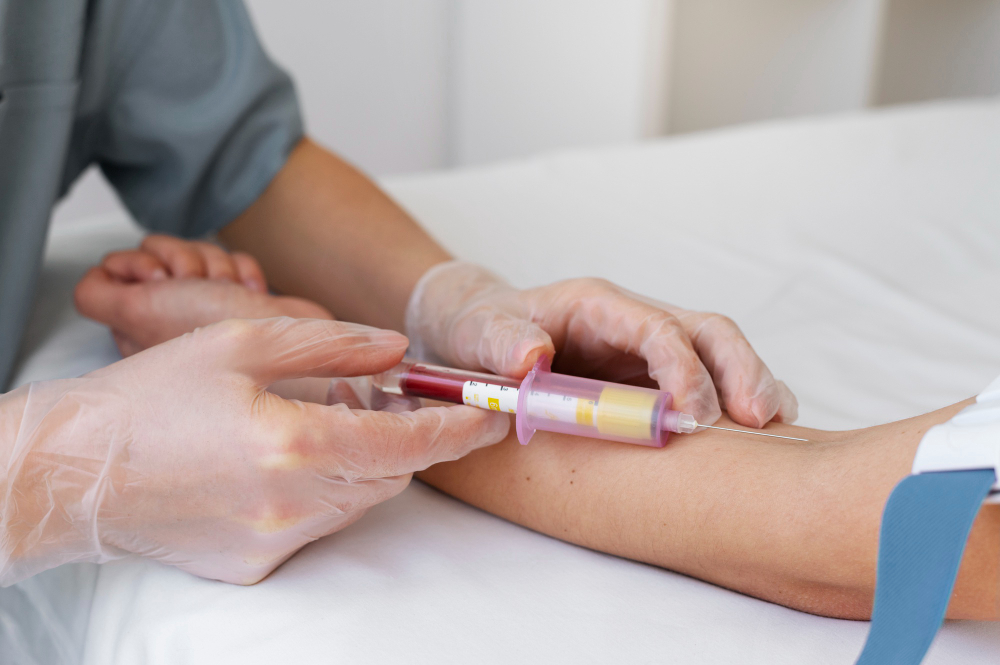What Is a Vitamin D Test?
A Vitamin D test checks the amount of Vitamin D in your blood. This test helps find out if you have enough Vitamin D for good health. Many people ask, “How do I check my Vitamin D levels?” The answer is simple. Doctors use a blood sample to measure your Vitamin D. This test is also called a Vitamin D deficiency test or a Vitamin D blood test. It is quick and easy.
Why Is a Vitamin D Test Important?
Vitamin D helps your body use calcium. Because of this, it keeps your bones and teeth strong. Without enough Vitamin D, you may feel weak or tired. Over time, low Vitamin D can lead to bone problems. For example, children may get rickets, and adults may develop soft or brittle bones. The World Health Organization (WHO) and Centers for Disease Control and Prevention (CDC) both say that healthy Vitamin D levels are important for everyone. So, a Vitamin D test helps you know if you need more Vitamin D.
Symptoms That May Prompt a Vitamin D Test
Sometimes, your body gives signs that you may need a Vitamin D deficiency test. If you notice any of these symptoms, talk to your doctor:
Because these symptoms can have other causes, a Vitamin D test helps find the real reason.
How the Vitamin D Test Is Performed
Many people wonder about the Vitamin D blood test procedure. Here is what you can expect:
The whole process takes only a few minutes. Most people feel little or no pain. Because it is a simple test, you do not need to prepare in any special way.
Understanding Your Vitamin D Test Results
After your test, your doctor will explain your results. Here is what the numbers usually mean:
However, these numbers can vary. Your doctor will help you understand what your results mean for you. Sometimes, you may need more tests to find the cause of low Vitamin D.
When to Consult a Doctor About Vitamin D Levels
It is important to talk to a doctor if you have symptoms of low Vitamin D. Also, if your test shows low or high levels, ask your doctor what to do next. Sometimes, you may need supplements or changes in your diet. Because each person is different, only a doctor can give the best advice for you.
Prevention and Lifestyle Tips for Healthy Vitamin D Levels
There are simple ways to keep your Vitamin D at a healthy level. Here are some tips:
Because your needs may change with age or health, check with your doctor before making big changes.
Conclusion
In summary, a Vitamin D test is a simple way to check your health and determine if you need more Vitamin D. If you have symptoms or concerns, don’t wait. Consult Dr. Richa Garg at SM Path Labs for personalised advice on Vitamin D testing and your health.

